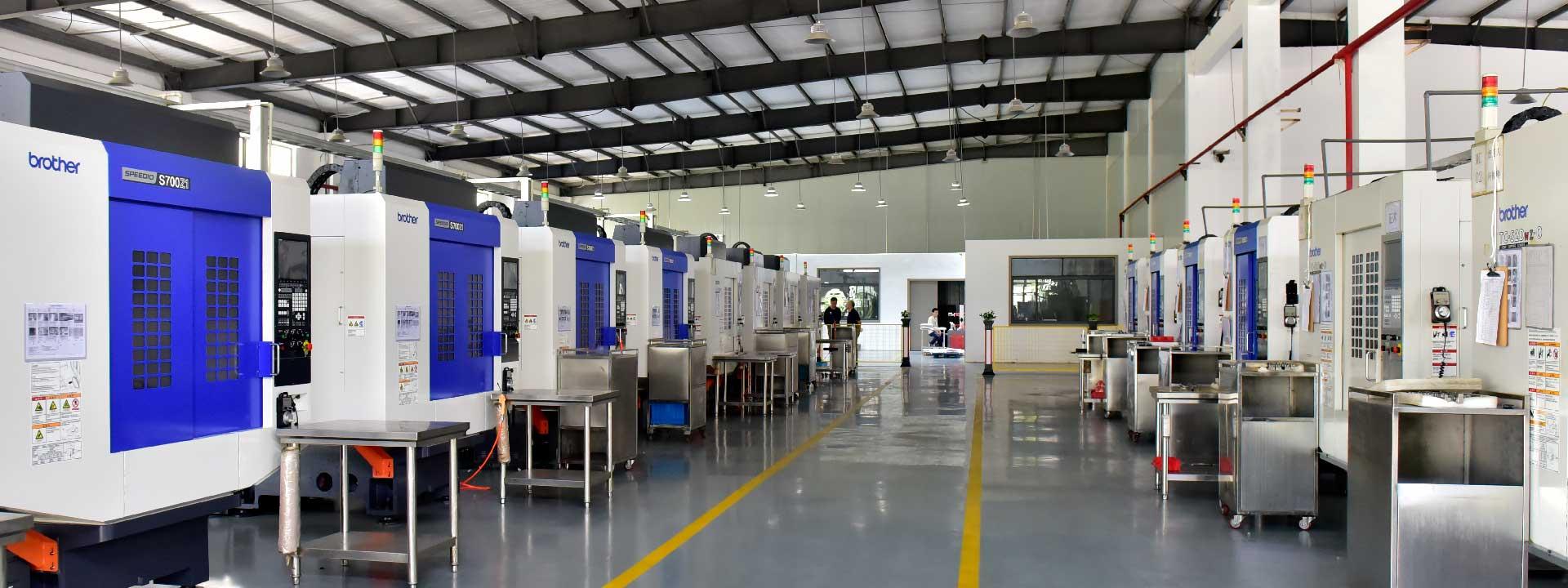CNC machining is one of the most important technologies in modern manufacturing. From small machine shops to large industrial facilities, CNC (Computer Numerical Control) machines help create precise, complex parts faster and more efficiently than manual tools ever could. In 2025, this technology continues to evolve with automation, digital control systems, and smarter software.
This beginner’s guide will help you understand what CNC machining is, how it works, its key benefits, and why it remains essential for metal fabrication and industrial production today.
What Is CNC Machining?
CNC machining is a manufacturing process that uses computer-controlled machines to shape raw materials like metal, plastic, or wood into specific designs. The machine follows coded instructions, known as G-code, that tell it how to move, cut, or drill the material.
Unlike manual machining, where the operator controls the tool by hand, CNC machining allows for automation and extreme precision. Once the design is programmed into the system, the machine repeats the same process consistently, ensuring every part is identical.
How Does CNC Machining Work?
The CNC machining process starts with a digital design. Engineers create a 3D model using CAD (Computer-Aided Design) software. This design is then converted into G-code using CAM (Computer-Aided Manufacturing) software.
The G-code provides detailed instructions such as:
-
The cutting path and speed
-
The depth of the cut
-
The type of tool to use
-
The sequence of machining operations
Once everything is set, the CNC machine follows these commands to shape the material. The operator supervises the process, but most of the work happens automatically.
Common Types of CNC Machines
CNC technology covers a wide range of machines, each with unique capabilities:
-
CNC Milling Machines – Use rotating cutting tools to remove material and create precise shapes or holes. Commonly used for metal and plastic parts.
-
CNC Lathes – Spin the material while cutting tools shape it. Perfect for cylindrical objects like pipes, bolts, or shafts.
-
CNC Routers – Often used for softer materials like wood, foam, or plastic, ideal for signage and furniture production.
-
CNC Plasma Cutters – Use a plasma torch to cut through electrically conductive materials such as steel or aluminium.
-
CNC Laser Cutters – Use focused laser beams for fine, accurate cutting, especially in thin metals or sheet work.
-
CNC EDM (Electrical Discharge Machines) – Use electrical sparks to shape hard metals without contact between tool and workpiece.
Materials Used in CNC Machining
CNC machines can work with many materials depending on the project. Common choices include:
-
Metals: Steel, aluminium, copper, brass, and titanium
-
Plastics: Nylon, acrylic, ABS, and polycarbonate
-
Composites: Fibreglass and carbon fibre
Selecting the right material depends on the required strength, durability, and finish of the final part.
Advantages of CNC Machining
CNC machining offers several benefits that make it a top choice for manufacturers in 2025:
1. High Precision and Consistency
CNC machines can achieve extremely tight tolerances—often less than a fraction of a millimetre. This makes them ideal for industries like aerospace, automotive, and medical manufacturing.
2. Increased Efficiency
Once programmed, a CNC machine can run continuously, even overnight, producing parts faster than manual machining.
3. Reduced Human Error
Automation removes the possibility of mistakes that often occur during manual operations. The same design can be repeated perfectly hundreds of times.
4. Cost-Effective Production
While initial setup costs are higher, CNC machining saves money over time by reducing labour costs and material waste.
5. Flexibility in Design
With CAD/CAM software, it’s easy to change a design and create prototypes or custom parts without starting from scratch.
6. Improved Safety
Operators are not in direct contact with cutting tools, reducing the risk of injury.
The Future of CNC Machining in 2025
As technology advances, CNC machining is becoming smarter, faster, and more connected. Some of the major trends in 2025 include:
-
Integration with AI and Machine Learning: Machines are now capable of predicting tool wear, adjusting speeds, and optimising cutting paths automatically.
-
IoT (Internet of Things) in Machining: Real-time monitoring allows factories to track performance, reduce downtime, and improve maintenance schedules.
-
Hybrid Machines: Combining CNC machining with additive manufacturing (3D printing) to create complex components more efficiently.
-
Sustainable Manufacturing: Modern CNC setups are designed to reduce waste, recycle coolant fluids, and use energy more efficiently.
These innovations help manufacturers improve quality while lowering costs and environmental impact.
Applications of CNC Machining
CNC machining is used in almost every modern industry, including:
-
Aerospace: For precision parts like turbine blades and engine components.
-
Automotive: To create engine blocks, gears, and custom modifications.
-
Medical: For surgical instruments, implants, and prosthetics.
-
Electronics: For precise casings, connectors, and metal housings.
-
Construction and Fabrication: For custom brackets, frames, and fittings.
Whether you’re building a large industrial project or producing a single prototype, CNC machining offers the flexibility and precision needed for any task.
Conclusion
CNC machining has transformed how products are made. In 2025, it remains one of the most reliable, precise, and cost-effective methods of manufacturing. From cutting-edge industries to small fabrication shops, CNC technology provides consistent results that meet modern standards of accuracy and efficiency.
For beginners, learning how CNC machining works opens doors to understanding the backbone of today’s industrial world. Whether you plan to design parts, operate machines, or manage production, CNC machining knowledge is an essential skill for the future of manufacturing.



